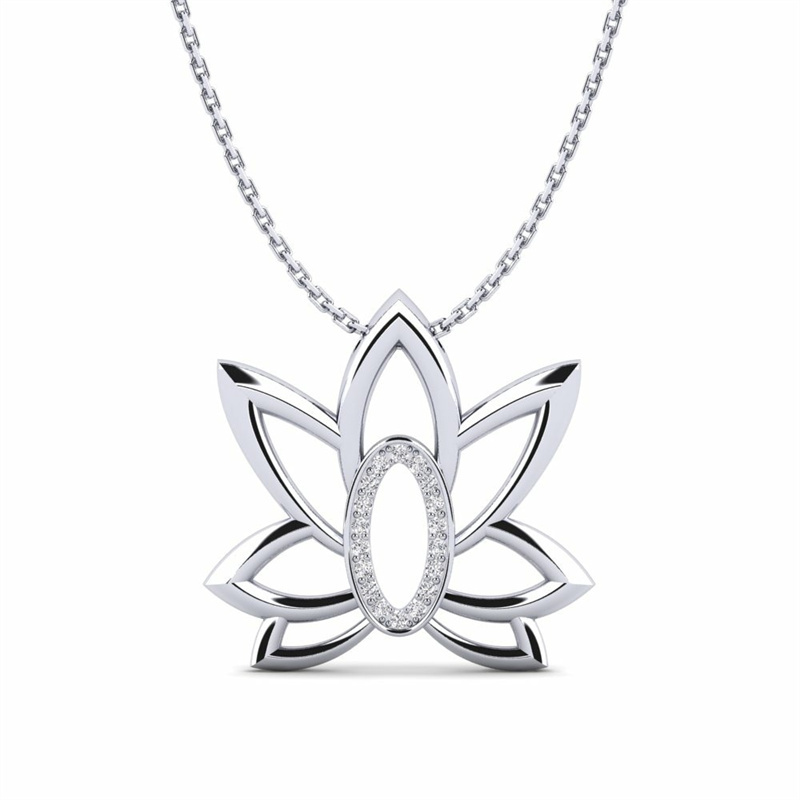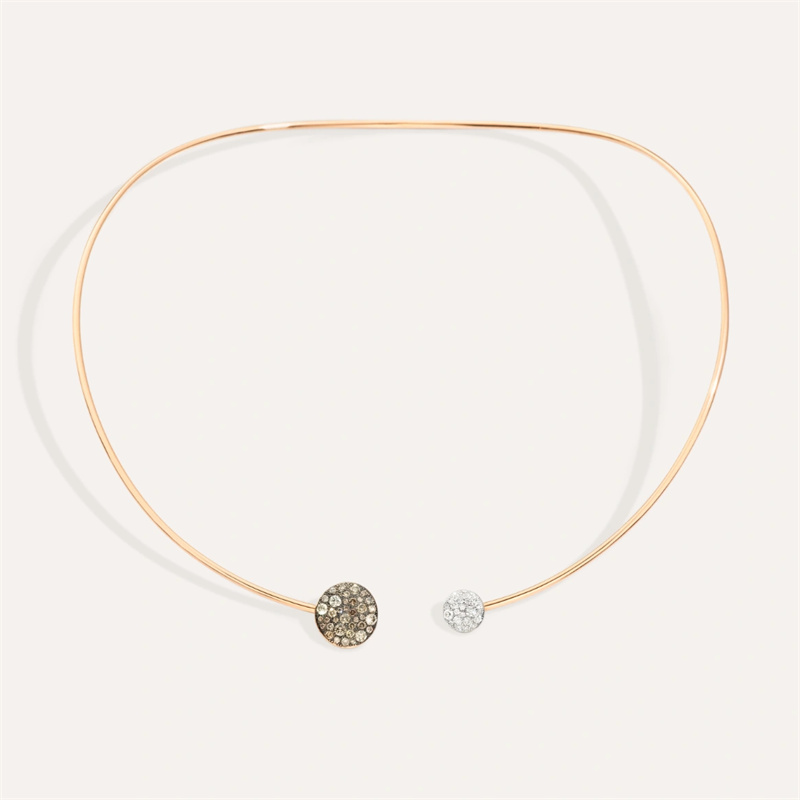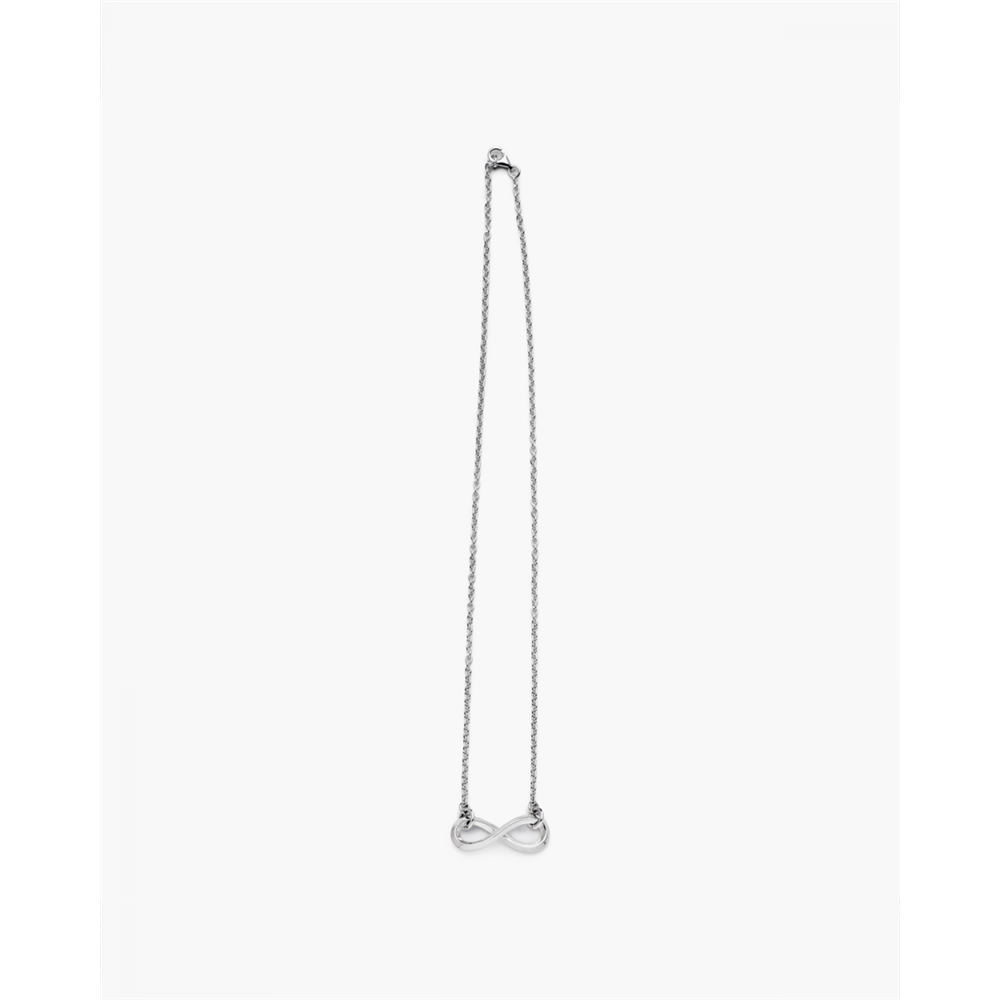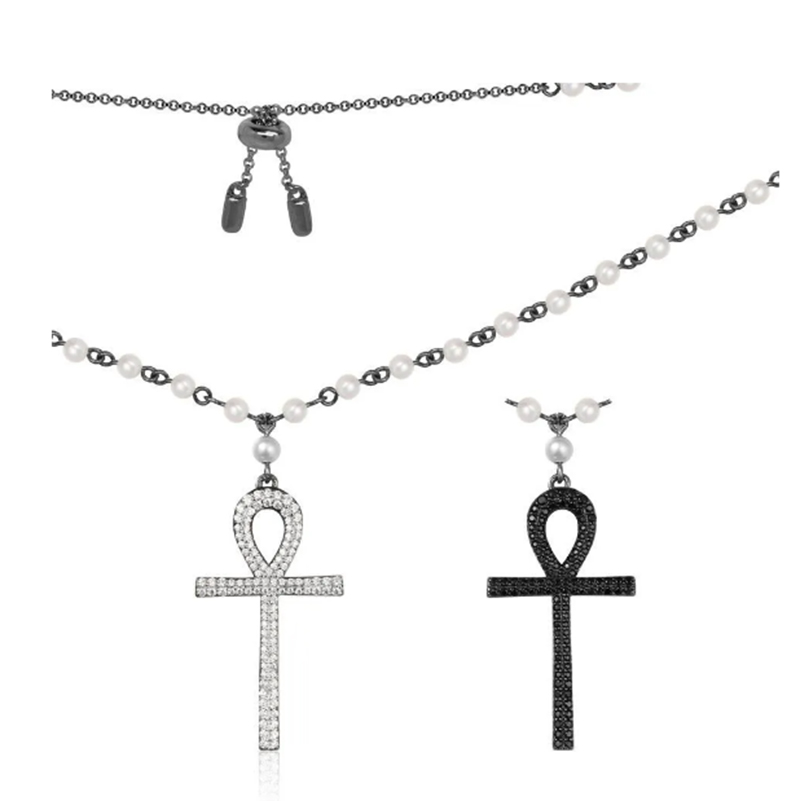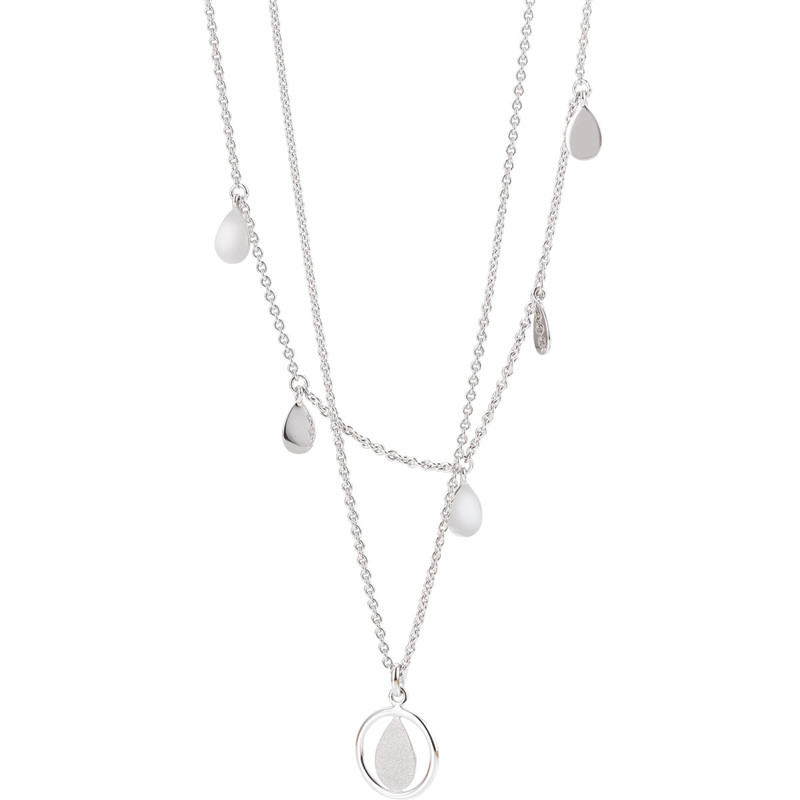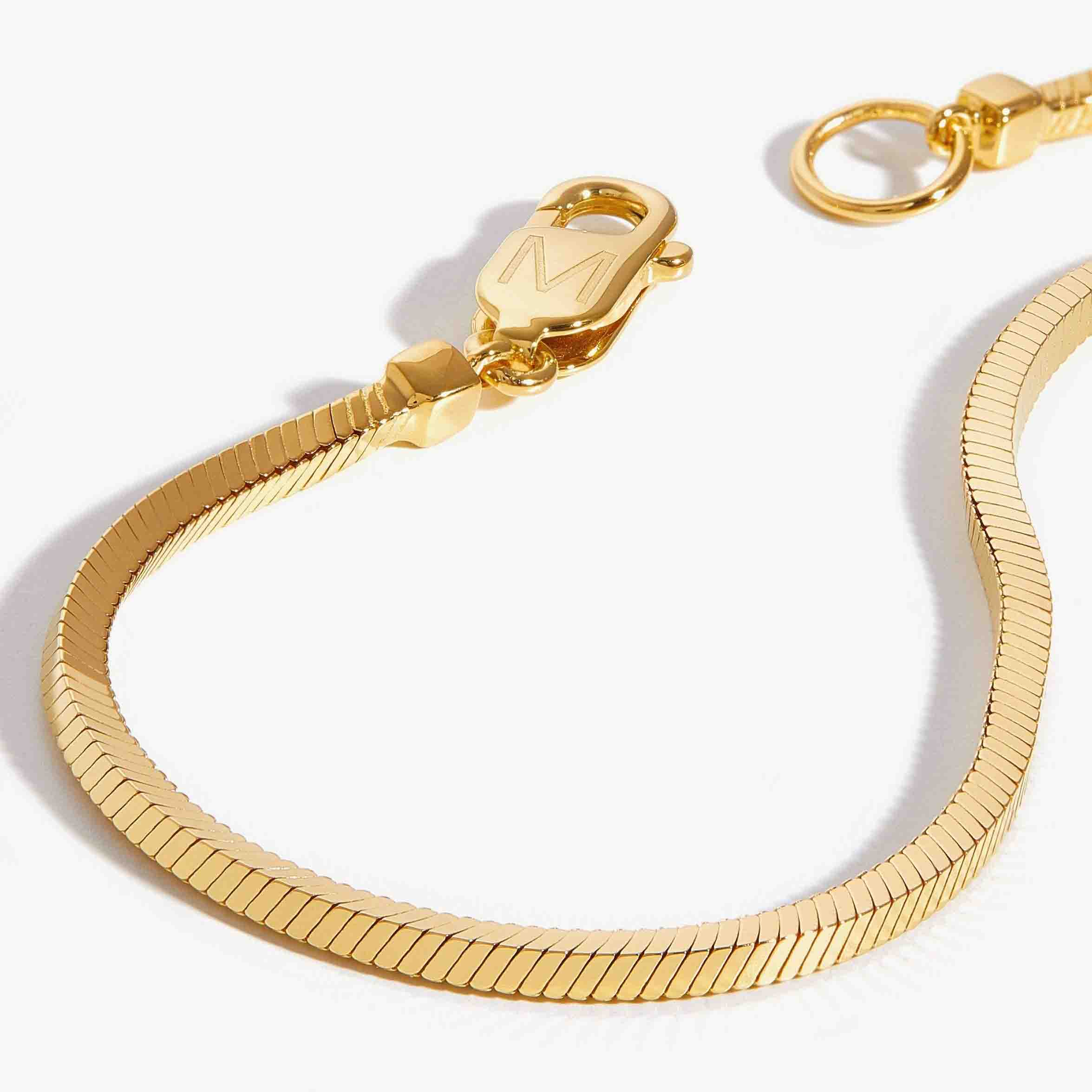JINGYING Receives Brazil Client’s Silver Pendant CAD Design and Manufactures Sample
OEM/ODM jewelry manufacturer design custom your own jewelry
LET’S GET STARTED : mo@kingjy.com
: A Comprehensive Journey from Concept to Creation
Introduction: The Art of Jewelry Creation and Global Collaboration
In the fast-evolving world of jewelry design, collaboration between clients and manufacturers has become a key driving force behind bringing innovative concepts to life. One such successful collaboration took place between a Brazil-based client and JINGYING, a leading jewelry manufacturer known for its expertise in silver jewelry production. The project involved turning a CAD design for a silver pendant into a tangible, meticulously crafted sample. This article will explore the entire process, from the initial CAD design sent by the client to the final production of the sample pendant, shedding light on the challenges, techniques, and meticulous attention to detail required to bring the design into reality.
The journey of creating a jewelry sample goes beyond simply turning a digital design into a physical object; it involves close collaboration between the client and manufacturer, clear communication, and a series of intricate steps to ensure the final product meets both aesthetic and functional requirements.
1. The Role of CAD in Modern Jewelry Design
Modern jewelry design heavily relies on CAD (Computer-Aided Design) software, which has revolutionized the industry by allowing designers to create detailed, 3D models of jewelry pieces. For JINGYING, receiving a CAD design from the Brazil client was the first step in translating the client’s creative vision into a tangible product. This section will explore:
-
What is CAD in Jewelry Design?
An introduction to the CAD software, how it works, and its significance in the jewelry-making process. -
Benefits of Using CAD for Jewelry Design:
Discuss how CAD allows for precision, customization, and easy alterations compared to traditional hand-drawn sketches. -
The Specific CAD Design for the Silver Pendant:
Details about the Brazil client’s specific design for the silver pendant, including any unique elements, such as symbols, textures, or patterns incorporated into the pendant. -
Communication and Collaboration:
How JINGYING worked with the Brazil client to ensure that the CAD design met expectations, making sure that all technical details were clearly communicated.
2. The Silver Pendant: Design Concept and Inspiration
Jewelry design is an art form, and the silver pendant created by the Brazil client was no exception. Every pendant has a story, a source of inspiration that gives it meaning. The design could be symbolic, personal, or even inspired by cultural references. This section will provide:
-
Design Inspiration:
Explore what inspired the client’s silver pendant design. Did it represent Brazilian culture, nature, or perhaps an abstract artistic vision? Discuss the significance of silver in jewelry and how it played a role in the client’s design choice. -
Symbolism Behind the Design:
Was there any special symbolism attached to the pendant? This could include cultural, spiritual, or personal meaning that the design holds for the client or its intended recipients. -
Design Details:
Describe the intricate details of the pendant design, such as texture, shape, and dimensions, which made it a unique and eye-catching piece of jewelry. How were the design elements considered to make the pendant not only visually appealing but also wearable and comfortable?
3. JINGYING’s Expertise in Jewelry Manufacturing
JINGYING has built a reputation for its exceptional manufacturing capabilities in the jewelry industry. This section will focus on:
-
JINGYING’s Manufacturing Process:
A breakdown of the various stages involved in turning a CAD design into a finished jewelry product. This could include 3D printing, casting, mold-making, and the role of precision in manufacturing. -
Expert Craftsmanship and Attention to Detail:
JINGYING’s team of skilled craftsmen and jewelers are key to ensuring the final product matches the design specifications. Highlight their commitment to quality, craftsmanship, and artistry in the production of the silver pendant. -
State-of-the-Art Technology and Facilities:
Discuss the advanced machinery and facilities at JINGYING that help bring the designs to life, including CAD/CAM systems, 3D printers, and casting equipment. -
Quality Control and Precision:
Emphasize how JINGYING’s rigorous quality control process ensures the pendant is flawless. This might involve inspections at each stage of production, from the initial casting to the final polishing.
4. Turning the CAD Design into Reality: The Manufacturing Process
Turning a CAD design into a physical product involves a series of technical processes. This section will provide an in-depth look at how JINGYING handles this transition:
-
Creating the Prototype:
The initial stage of turning a CAD design into a prototype. How JINGYING uses 3D printing, wax models, or casting to create a prototype of the pendant before mass production. -
Casting the Silver Pendant:
The process of casting the pendant from silver. This includes the creation of a mold, the pouring of molten silver, and the solidification of the pendant. -
Refining the Design:
After the casting is complete, the pendant undergoes refinement through polishing, engraving, or additional embellishments to match the client’s exact specifications. -
Handling Complex Design Elements:
What makes the client’s design unique? How did JINGYING manage complex design elements like texture or tiny details on the pendant? This could also involve the addition of gemstones or other intricate features. -
Collaboration with the Client:
How JINGYING works with the Brazil client during the prototype stage to ensure that the sample pendant matches the CAD design. Discuss the feedback loop, communication, and potential design changes made during this phase.
5. Quality Control and Testing
The production of the silver pendant requires strict quality control processes to ensure that the piece meets both the client’s expectations and industry standards. This section will delve into:
-
Inspection and Testing:
The quality control procedures that JINGYING implements at each stage of the process, from material selection to the final polishing. This could involve testing for durability, appearance, and any functional issues. -
Material Quality:
How JINGYING ensures that the silver used in the pendant is of the highest quality, including checking for purity, strength, and overall aesthetics. -
Polishing and Final Touches:
A detailed explanation of the polishing process, ensuring the pendant has a high-quality finish without losing the integrity of the original design. -
Ensuring Consistency:
Given that this is a sample, JINGYING needs to ensure that all future units will adhere to the same level of quality and design integrity. This section will explain how consistency is achieved throughout the manufacturing process.
6. Packaging and Presentation
Once the silver pendant sample is complete and quality-checked, the next step is packaging and preparing it for delivery. In jewelry manufacturing, the presentation is key to the overall customer experience. This section will explore:
-
Packaging the Pendant:
Discuss how JINGYING ensures that the silver pendant is carefully packaged to avoid damage during shipping. The importance of secure packaging for high-value items like jewelry. -
Branding and Custom Packaging:
How JINGYING works with the client to provide custom packaging that reflects the brand’s identity and enhances the overall presentation of the pendant. This could include branded boxes, pouches, or special inserts. -
Delivering the Sample to the Client:
The logistics involved in shipping the sample pendant to the Brazil client, ensuring it arrives in perfect condition and on time.
7. Client Feedback and Iterations
Once the sample has been delivered, it’s time for the client to review the product. Client feedback plays a critical role in refining the design and making necessary adjustments before moving forward with mass production. This section will cover:
-
Client Review Process:
How the Brazil client evaluates the sample pendant, provides feedback, and requests any necessary changes. -
Making Adjustments:
If the client requests any changes, how JINGYING handles adjustments in the design or manufacturing process. This could involve minor alterations to size, texture, or finish. -
Final Approval:
Once the client is satisfied with the sample, JINGYING works toward getting the final approval to move forward with the full production run.
8. Conclusion: Bringing Design to Life
The successful creation of the silver pendant sample for the Brazil client illustrates the meticulous process that transforms a simple idea into a finely crafted, tangible product. This collaboration between the Brazil client and JINGYING showcases the importance of combining cutting-edge technology, skilled craftsmanship, and effective communication to produce jewelry that exceeds expectations.
In conclusion:
-
The importance of CAD technology in modern jewelry design.
-
JINGYING’s role as a leader in the jewelry manufacturing industry, combining innovation with precision.
-
The value of client collaboration and feedback in the creation of high-quality, custom jewelry.
-
The continued demand for personalized, unique jewelry that represents individual stories and meanings.
The successful creation of the silver pendant sample is a testament to the power of collaboration and craftsmanship, setting the stage for future projects and continued success in the global jewelry market.
